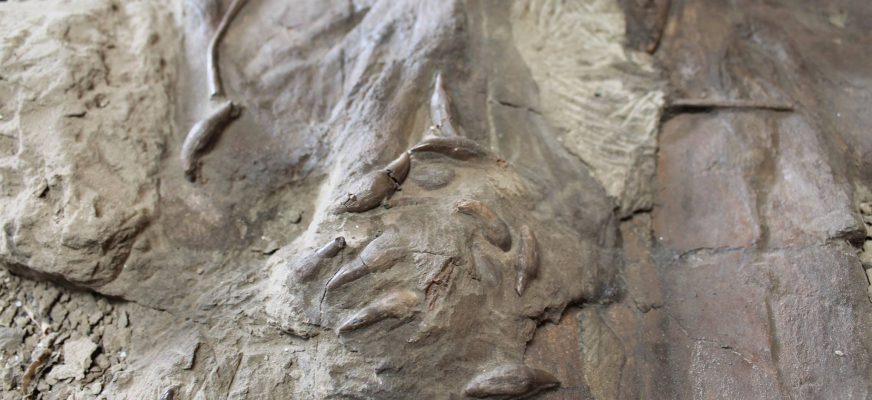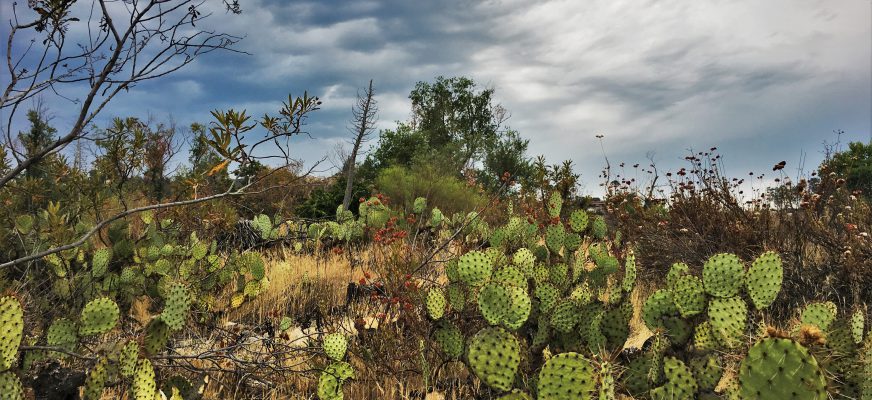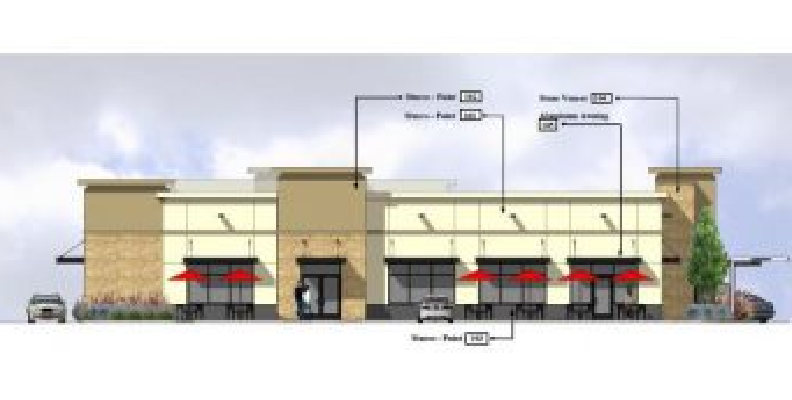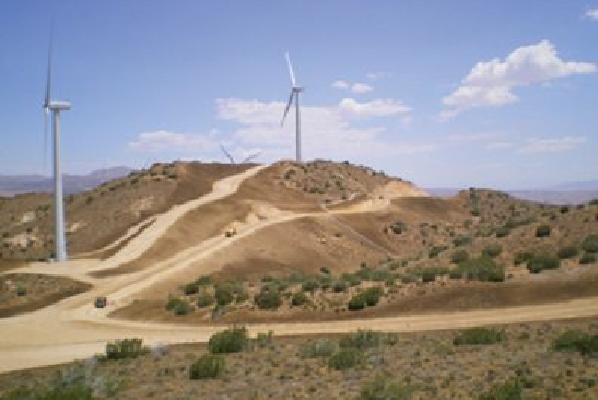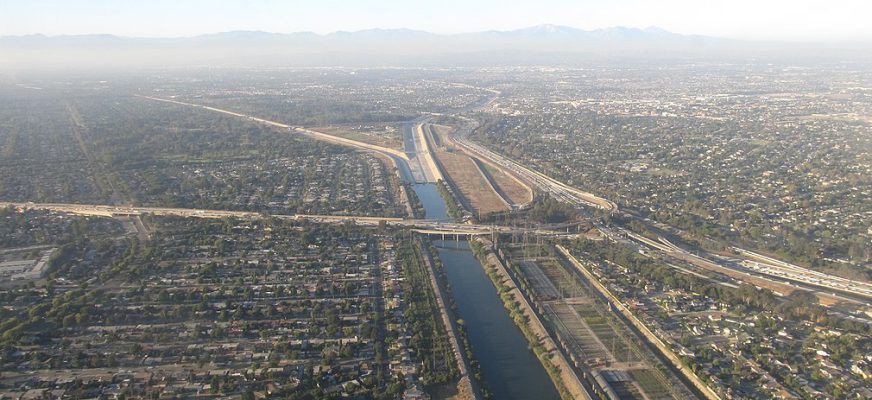Broad Beach Restoration
Tidal and Subtidal Marine Resources Monitoring, Surveys, and Reporting for one of Southern California’s most exclusive and prestigious neighborhoods
- Intertidal and Shallow Subtidal Marine Resources
- Eelgrass surveys
- Surfgrass surveys
- Nearshore Habitat Survey including black abalone
- Snowy plover and grunion surveys
- Essential Fish Habitat Assessment
- Subtidal Dive Surveys
- Cultural Resources Records Search and Pedestrian Survey
- Biological Monitoring Work Plan
- Marine Resource Monitoring Plan
- Coordination with the Following Agencies: California Coastal Commission; US Army Corps of Engineers;
Broad Beach is one of the most recognizable shorefronts in the world, stretching from Northwest Los Angeles up through the City of Malibu. As celebrated as it is threatened, this California beach has suffered intense erosion for more than 30 years, exposing the coveted beachfront property along Broad Beach to flooding and damage during winter storms and high tides.
In late 2010, a consortium of affected property owners called the Trancas Property Owner’s Association submitted an application for Coastal Development for a $31 million permanent dune and beach restoration project. The resulting Broad Beach Geologic Hazard Abatement District (BBGHAD) proposed permanent placement of a rock revetment shoreline protection device, beach nourishment, and dune restoration to protect approximately 124 private property parcels and augment beach and dune resources. In October 2015, California Coastal Commission approved a Coastal Development Permit to create a new permanent rock revetment and 1.1-mile public beach, including a restored dune system. The permit issued by the commission was for 10 years, with the potential for an amendment every 10 years thereafter. Under the permit, a scientific advisory panel reviews exhaustive marine habitat monitoring and sampling plans to make sure the project will not have any significant adverse impacts to the beach.
Chambers Group has assisted with the analysis of marine biological resources issues stemming from this project effort, including intertidal and subtidal resource surveys, monitoring, and reporting. Although Chambers Group did not prepare the permits, these reports provide supporting documentation for the US Army Corps of Engineers (USACE) Section 404 Permit and California Coastal Commission (CCC) Coastal Development Permit. Marine resources studied and monitored for biological assessment and regulatory permit needs included a range of species, including intertidal invertebrates, eelgrass, surfgrass, black abalone, grunion, and western snowy plover. In addition to the studies conducted at Broad Beach, Chambers Group has conducted a marine biological survey at three potential sand source sites off Manhattan Beach, Dockweiler Beach, and Venice Beach as well as inland review of three potential sand source sites in Moorpark. Chambers Group also reviewed the biological resources of Trancas Estuary/Lagoon and lower Trancas Creek. Chambers Group supported BBGHAD by providing the biological and cultural resources review to develop 1) a dune habitat restoration and monitoring program; 2) comprehensive monitoring and reporting program for beach profile characteristics, beach erosion rates, and affected resources; and 3) an adaptive management and reporting plan. In addition, Chambers Group assisted with the documents to acquire authorization for the Applicant’s proposed inland location of the relocated portion of the revetment.

